General Info – summary
This evergreen, succulent Tree (or shrub) with brittle branches is up to 5m high. The simple, decussate, succulent and juicy Leaves lack stipules and have entire margins. Water saving CAM photosynthesis aids survival. The small star-like regular Flowers are in fascicles. Stamens have purple anthers and there is a single pistil with a superior ovary. The hanging Fruit is a small, 3-winged, single seeded nut.
Description
Portulacaria afra
Previous Names: Claytonia portulacaria, Crassula arborea, Crassula portulacaria, Portulaca fruticose.
SA Tree No. 104.
Common names: (Afr) Olifantskos, Soetspekboom, Soet-spekboom, Spekboom, Suurspekboom, Suur-spekboom. (Eng) Elephant Food, Elephant’s Food, Porkbush, Spekboom. (isiXhosa) Igqwanitsha, Igqwanitshe, Igwanishe, Umfayisele-wehlathi. (isiZulu) Indibili, Indibili-enkulu, Intelezi, Isambilane, Isicococo, Isidondwane. (siSwati) Isidondwane, Sidondwane. (Tshivenda) Tshilepwete.
Family: Didiereaceae. This is a family of succulent flowering plants often found in arid and sub-arid areas in Africa and Madagascar. It includes ornamental plants. The family has 22 species grouped in 7 genera. Many members are spiny.
Name derivation: Portulacaria – resembling Portulaca. (Portulaca are fleshy-leafed, low maintenance plants with a low, spreading growth habit). afra – African plant. The genus Portulacaria has 7 species. Portulacaria afra and P. namaquensis are the only 2 indigenous species in the South Africa. These two plant differ from other members of the family. They were previously been in their own family. Spekboom mean “porkwood” referring to the succulence of the leaves and stems.
Conservation: National Status: L C. (Least Concern). Assessment: 2015 (L. von Staden). This plant is widespread. Attempts are now being made to reintroduce this plant into parts of the south-eastern Cape. This area has lost much of its vegetation through overgrazing – mainly by goats. Degraded plots have been chosen for this venture.
Tree
This is small, non-spiny succulent and softly wooded Tree is up to 5m (usually less) high. On rocky hillsides it may be a sprawling shrub. Stems are tough and wiry compared to Crassula ovata. The Bark is glabrous (hairless) and is green on young branches (photo 32 – under Flowers). It soon becomes glossy / waxy red-brown and remains almost smooth (photo 336). Leaf scars and Nodes (joints from where the leaves may arise) are visible. The spaces between 2 such joints are called the internodes) are clearly visible on young branches (photo 339). Young arching Branches are reddish. Older branches become grey. Circumferential, slightly sunken rings may also be visible on the Trunk (photo 336). Roots are thick and seamed.
- 45. 2018/04/25. Nylsvley NR. Photo: David Becking.
- 334. 2016/01/26. Pretoria NBG. Photo: David Becking.
- 336. 2016/01/26. Pretoria NBG. Photo: David Becking.
- 339. 2016/01/26. Pretoria NBG. Photo: David Becking.
Leaves
In this evergreen plant the succulent and juicy Leaves are simple (have a single blade which may have incisions that are not deep enough to divide the blade into leaflets). These relatively fat leaves may be broadly elliptic or round to obovate (the reverse of ovate, the terminal half is broader than the basal – photo 339 – under Tree). Leaves are up to 3 x 1,7cm, and are smaller when growing in bright sunlight. They extend almost at right angles to the stem and occur in different shades of green. Leaves and branches are phototrophic (attracted to or from light). The paired leaves are opposite and at right angles to the pair above (and below) i.e., they are Decussate. The Margin is entire (with a continuous margin, not in any way indented). The rounded Apex has a short abrupt pointed tip (photos 337 & 32 under Flowers). The tapering Base is rounded to narrow. The Petiole (leaf stalk) is short (photo 367) or absent. Stipules (basal appendage of petiole) are absent.
- 337. 2016/01/26. Pretoria NBG. Photo: David Becking
- 338. 2016/01/26. Pretoria NBG. Photo: David Becking.
- 367. 2018/04/24. Nylsvley NR. Photo: David Becking.
Flowers
The pale pink to purplish, star-like and bisexual Flowers may be produced in dense sprays, and are small and actinomorphic (Regular, symmetrical. Flowers are vertically divisible into similar halves by more than 1 plane passing through the axis). They are produced in profusion, often after early rains. Flowers are located at branchlet ends and are in Fascicles (a condensed or close cluster of leaves or flowers – photo 32). Each flower rests on a Pedicel (stalk of a single flower – photo 33) and much nectar is produced. The Calyx has 2 persistent, membranous Sepals (photo 39) which become rigid (photo 231 – under Fruit). The Corolla has 5 connate (united or joined) Petals. From this, the 5 whitish or pinkish obovate lobes emerge from their initially overlapping base (photo 39). The 5-7 Stamens are usually opposite and adnate (fusion of unlike parts e.g., stamens with corolla) to the petals. Anthers are an amazing purple colour (photos 33 & 36) and are often aborted. They open through longitudinal slits (photo 36) to release the pollen. There is a single Pistil (a unit of the Gynoecium, the female element of the flower, composed of the Ovary, Style and Stigma). Here the superior Ovary contains 1 Locule (compartment within an organ e.g., ovary, anther or fruit) and a single Ovule. The Style is short and there are 3 slightly spreading Stigmas. (Sep-Nov).
- 32. 2019/09/28. Pretoria NBG. Photo: David Becking.
- 33. 2019/09/28. Pretoria NBG. Photo: David Becking.
- 39. 2019/09/28. Pretoria NBG. Photo: David Becking.
- 36. 2019/09/28. Pretoria NBG. Photo: David Becking.
Fruit
The thin walled pinkish, down hanging Fruit is a small 3-winged Nut (an indehiscent, 1-seeded hard bony fruit) that hangs down at the end of a long, now distinctly dry, pedicel (here the stalk of a single flower – photo 231). The fruit is up to 5mm long and contains a single Seed. (Nov-Jan+).
- 231. 2019/10/10. Pretoria NBG. Photo: David Becking.
Distribution & Ecology
Portulacaria afra occurs up to an altitude of 1 400m. From the the Western Cape it occurs eastwards through the Eastern Cape e.g., in Spekboomveld, (Spekboom means “porkwood”and refers to the succulent leaves and stems), and the Little Karoo where they are quite dominant in places. Here the Langeberg Mountains lie to the southwest, and Swartberg Mountains to the north. Beyond this lies the Great Karoo. These plants occur up the east coast through KwaZulu-Natal and northwards to the Mpumalanga lowveld and along Lebombo Mountains and throughout Limpopo. In southern Limpopo, the plants are visible in Sekhukhuneland. Beyond SA, they occur in South-western Mozambique and in Swaziland. These dry area plants occur on rocky hillsides and often grow in the same areas as Euphorbia with the Lebombo Krantz Ash (Atalaya alata). Game, including elephants and rhinos, heavily browse the Leaves. Kudu may damage the tree by breaking off branches in their quest for the leaves. The Portulacaria afra flowers produce much Nectar and this attracts pollinating insects, including bees. These insects attract birds. The plants are drought tolerant, fire-resistant but take a while to recover after heavy frost. They are defensively planted in fire-prone areas. This plant may be attacked by Mistletoe (Viscum crassulae). This woody parasitic is only able to make some of its own food and is a Hemi-parasite. The rest is obtained from the host plant. This parasite has a bright orange to reddish fruit and similar leaves to Portulacaria afra. This mistletoe is has a persistent style, and flowers in spring and winter. It also occurs on tree Euphorbia species. Its colourful berries have sticky seeds, which adhere to the beaks of birds and are then rubbed off on another possible host.
In addition to the “normal” method of photosynthesis, these plants can undergo CAM (Crassulacean Acid Metabolism) photosynthesis. In exceptionally dry hot periods, the stomata (tiny openings that allow controlled gaseous exchange with the environment) open at night and not during the day. This allows carbon dioxide to enter at night and this is used during the following daylight for photosynthesis. The closed stomata also restrict moisture loss during the day. CAM process also occurs in Euphorbia and pineapples.
Ethnobotany
The raw Leaves are edible. It is a local delicacy, and the leaves can be eaten raw. It also works well in salads. Leaves have a slightly acidic flavour, especially when picked in the early morning. This is due to CAM. This is because of the carbon dioxide that they have collected overnight has dissolved. They become less and less acidic later in the day as the carbon dioxide is used for photosynthesis. This is an outstanding fodder tree. Cattle and goats also consume the leaves. Dried, crushed Leaves are used to make snuff. Beaten and dried Branches are used in the Eastern Cape for thatch. In this part of the country, there is little suitable grass. This plant has become popular internationally as a garden plant. It is a good honey Plant and grows well from 1-year old cuttings. It is quick growing and used in soil-erosion control. Pruning will help it develop into an easy to control Hedge. The plant makes a good bonsai specimen.
References
Boon, R. 2010. Pooley’s Trees of eastern South Africa. Flora and Fauna Publications Trust, Durban.
Burrows, J.E., Burrows, S.M., Lotter, M.C. & Schmidt. E. 2018. Trees and Shrubs Mozambique. Publishing Print Matters (Pty) Ltd. Noordhoek, Cape Town.
Coates Palgrave, M. 2002. Keith Coates Palgrave Trees of Southern Africa, edn 3. Struik, Cape Town.
Lawrence, G. H. M, 1951. Taxonomy of Vascular Plants. The Macmillan Company, New York. Tenth Printing 1965.
Palmer, E. & Pitman, N. 1972. Trees of southern Africa. Balkema, Amsterdam, Cape Town.
Schmidt, S. Lotter, M. & McCleland, W. 2002. Trees and Shrubs of Mpumalanga and the Kruger National Park. Jacana, Johannesburg.
van Wyk, B. & van Wyk, P. 1997 Field guide to Trees of Southern Africa. Struik, Cape Town.
von Staden, L. 2015. Portulacaria afra Jacq. National Assessment: Red List of South African Plants version 2020.1. Accessed on 2023/10/15.
https://www.sanparks.org/parks/addo/library/2009/sundays_thicket.pdf
https://en.wikipedia.org/wiki/Portulacaria_afra
https://www.ncbi.nlm.nih.gov/pmc/articles/PMC1064348/
http://posa.sanbi.org/flora/browse.php?src=SP
https://en.wikipedia.org/wiki/Didiereaceae
http://pza.sanbi.org/portulacaria-afra
https://en.wikipedia.org/wiki/Portulacaria
https://www.lifeisagarden.co.za/portulaca/
https://sustainability.mandela.ac.za/carbon/media/Store/documents/Restoration/Carbon-market.pdf
TopTropicals.com : Botanical family: Didiereaceae

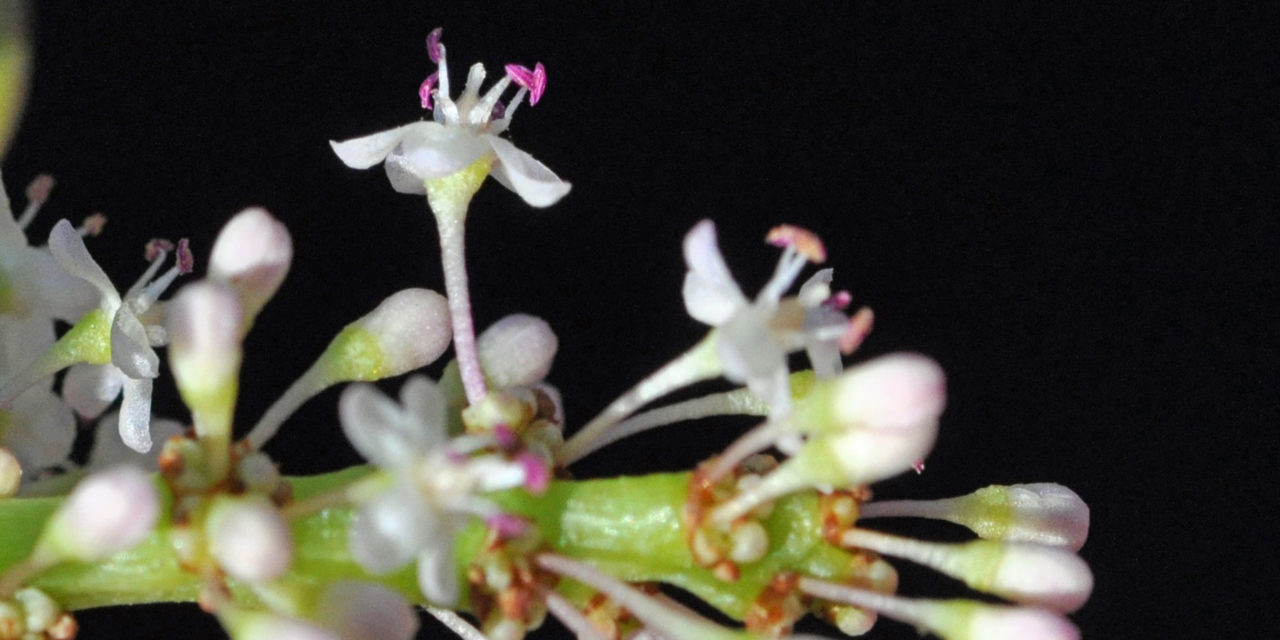
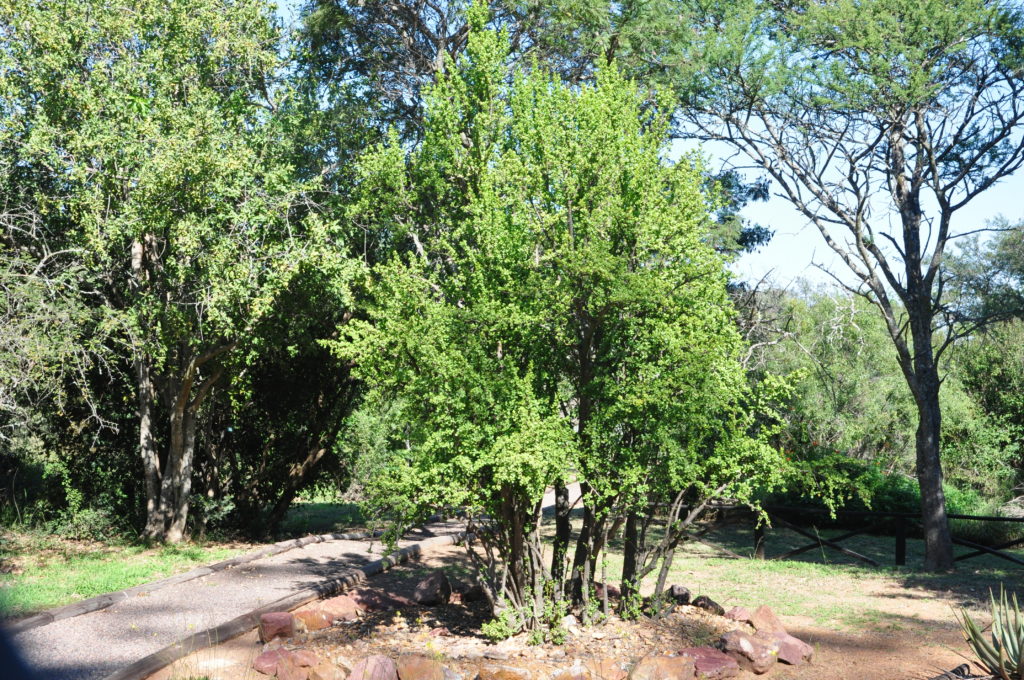
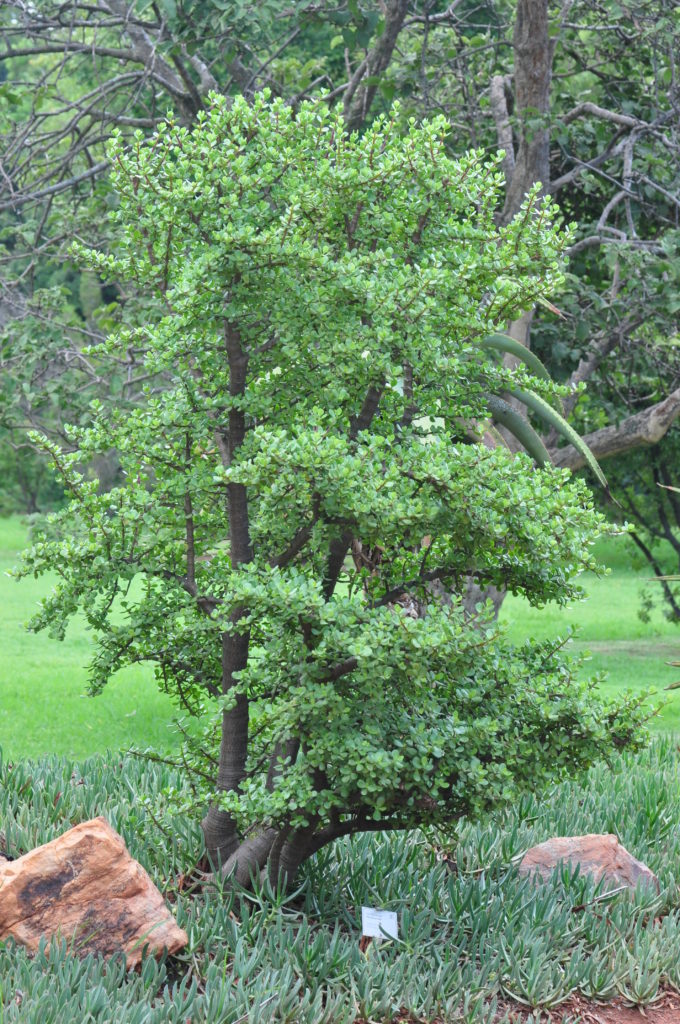
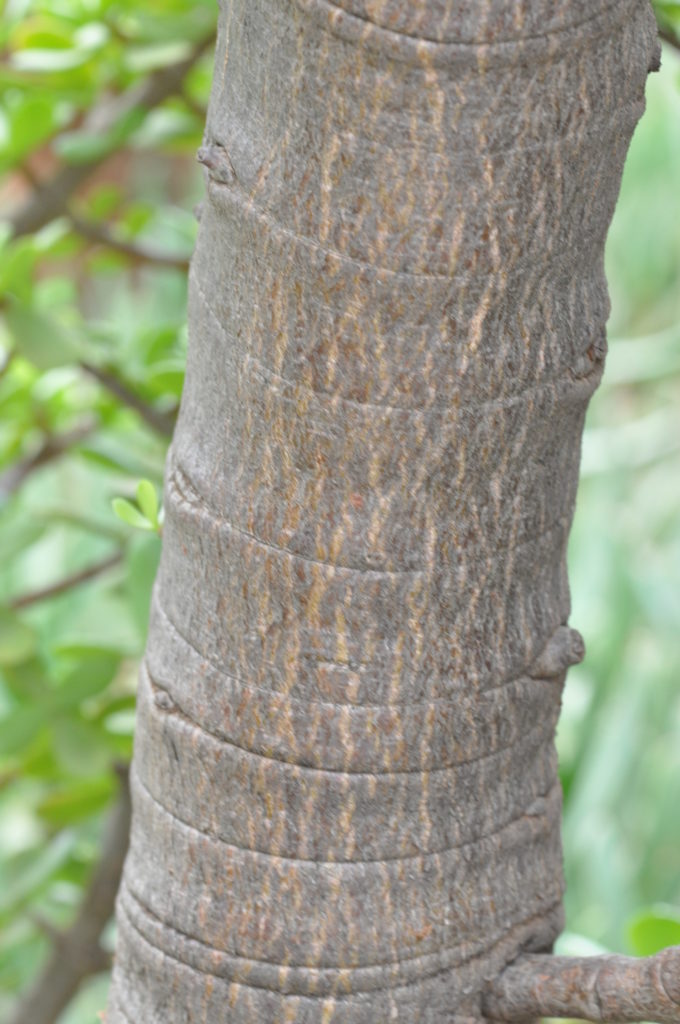
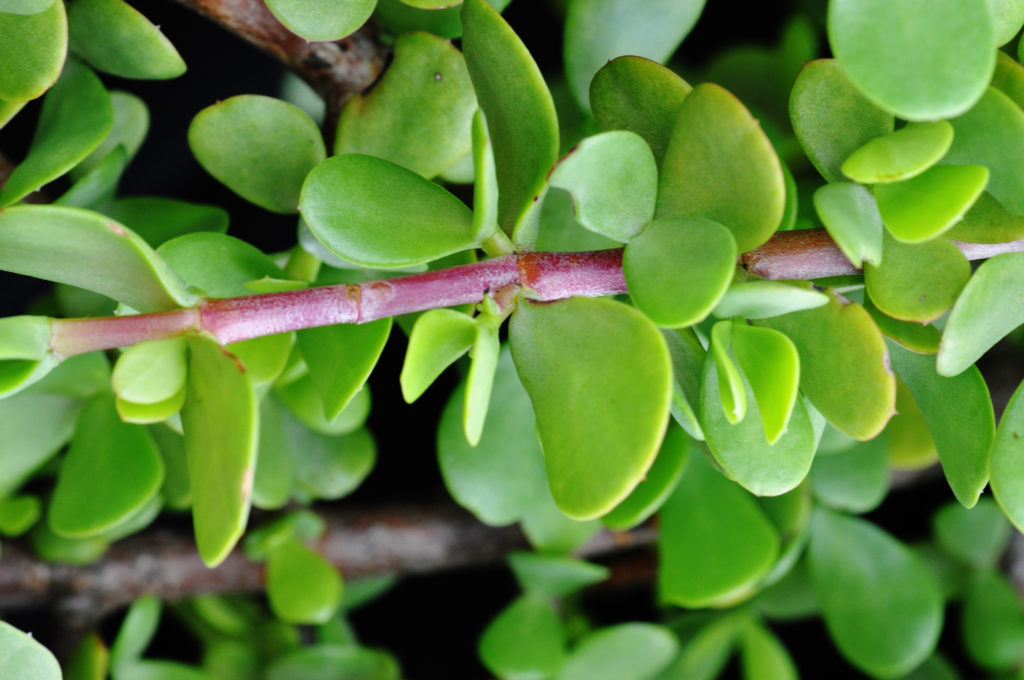
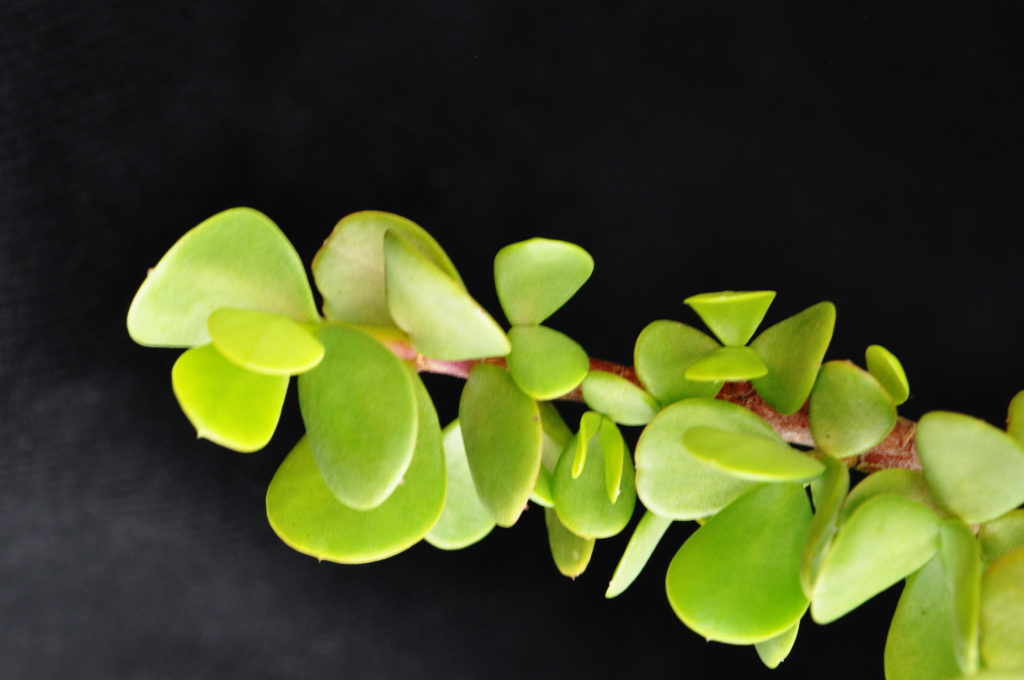
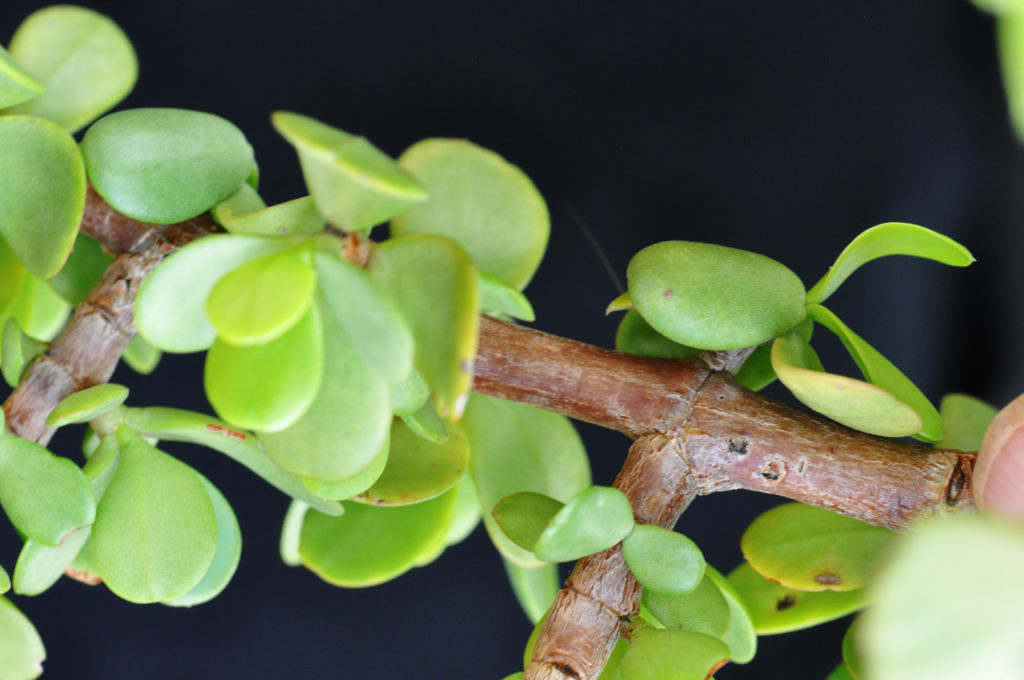
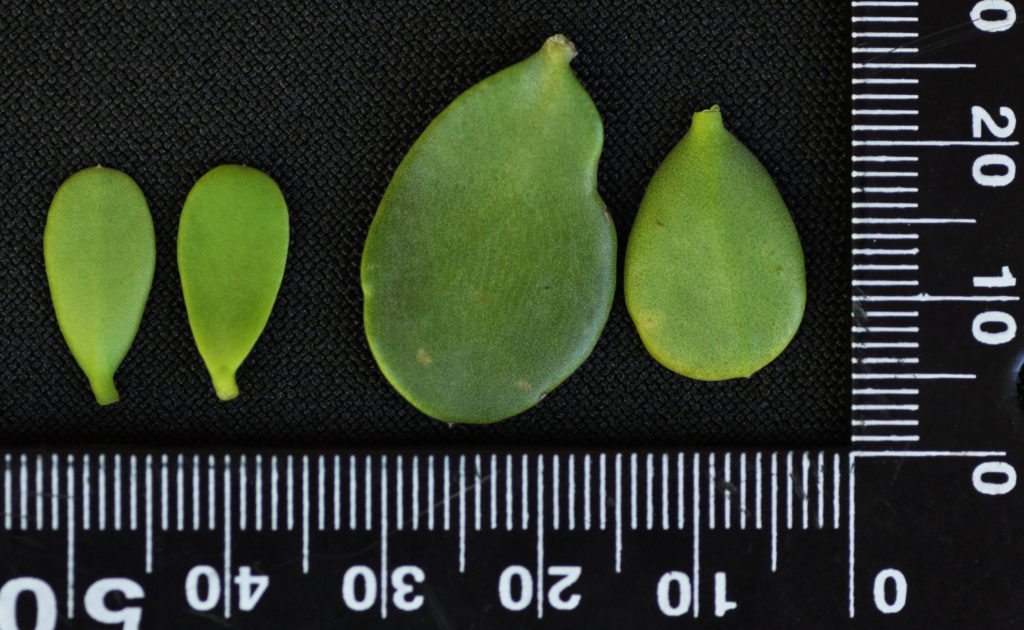
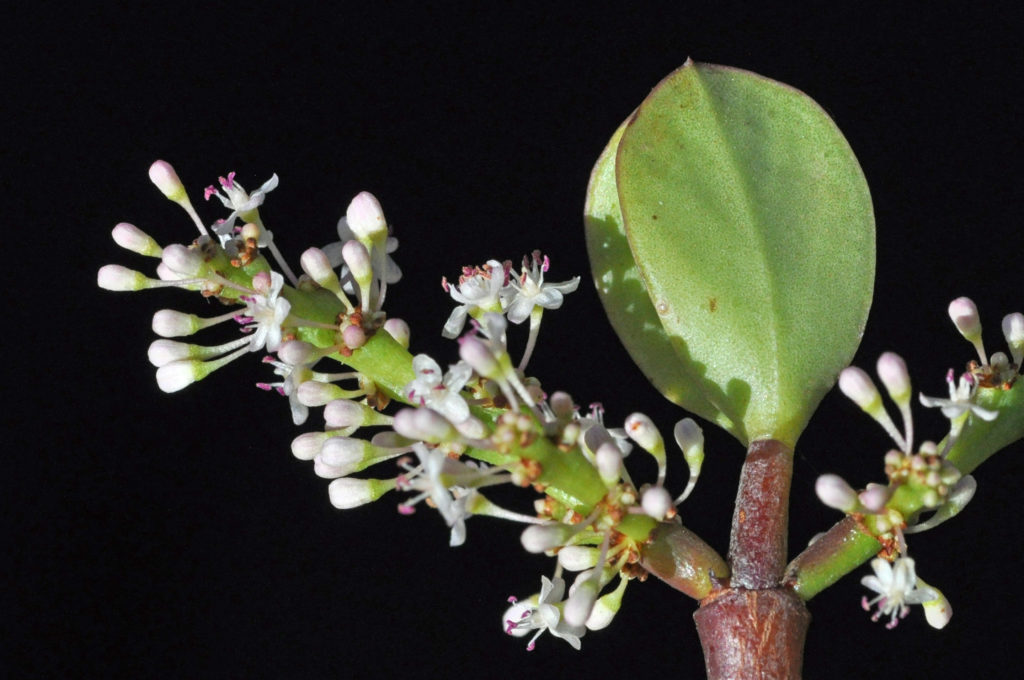
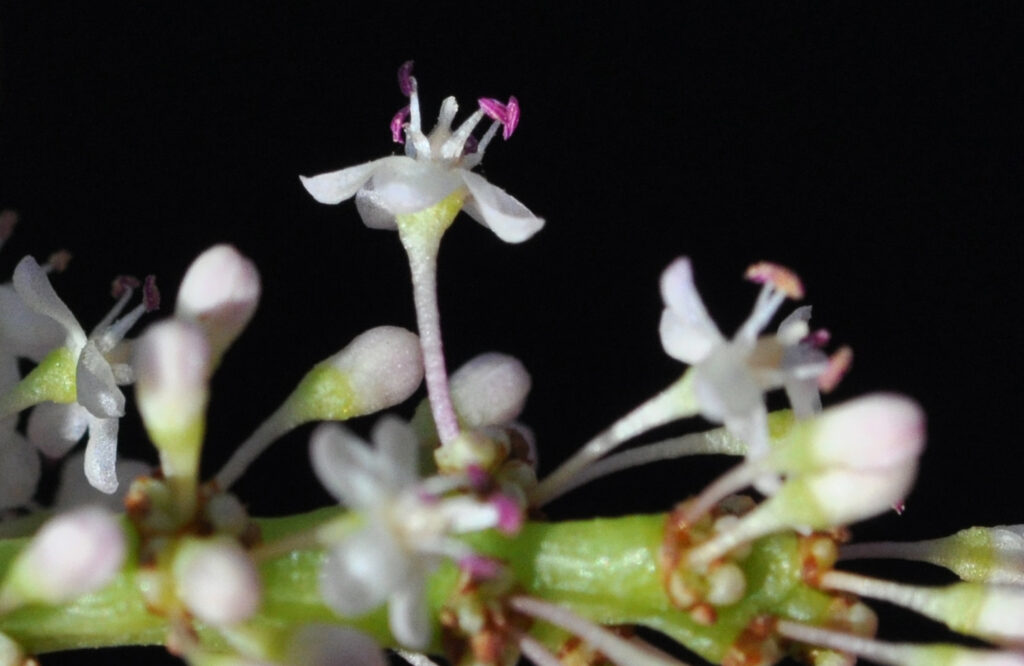
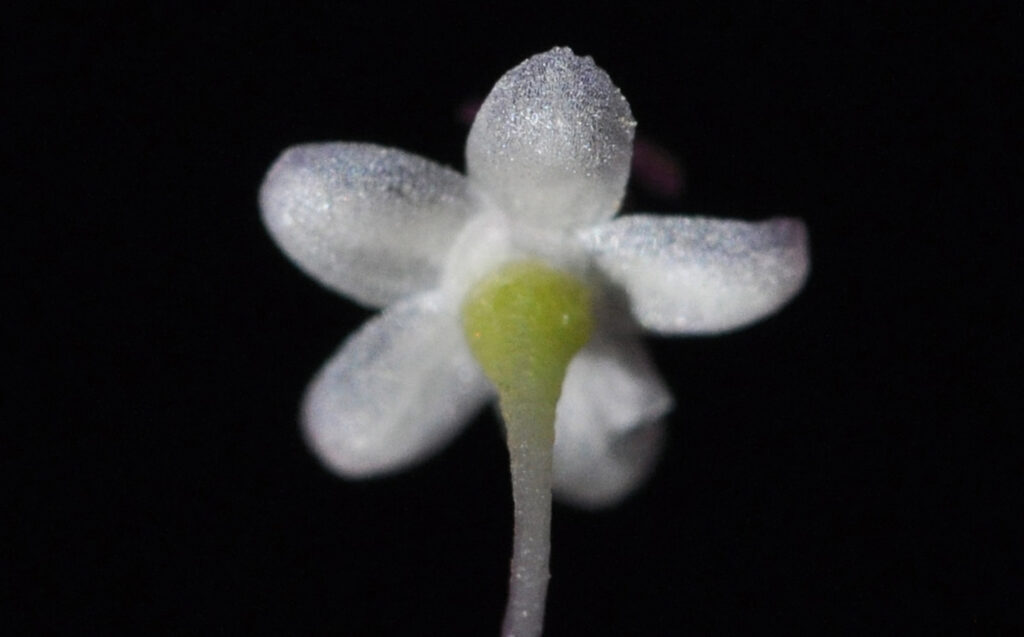
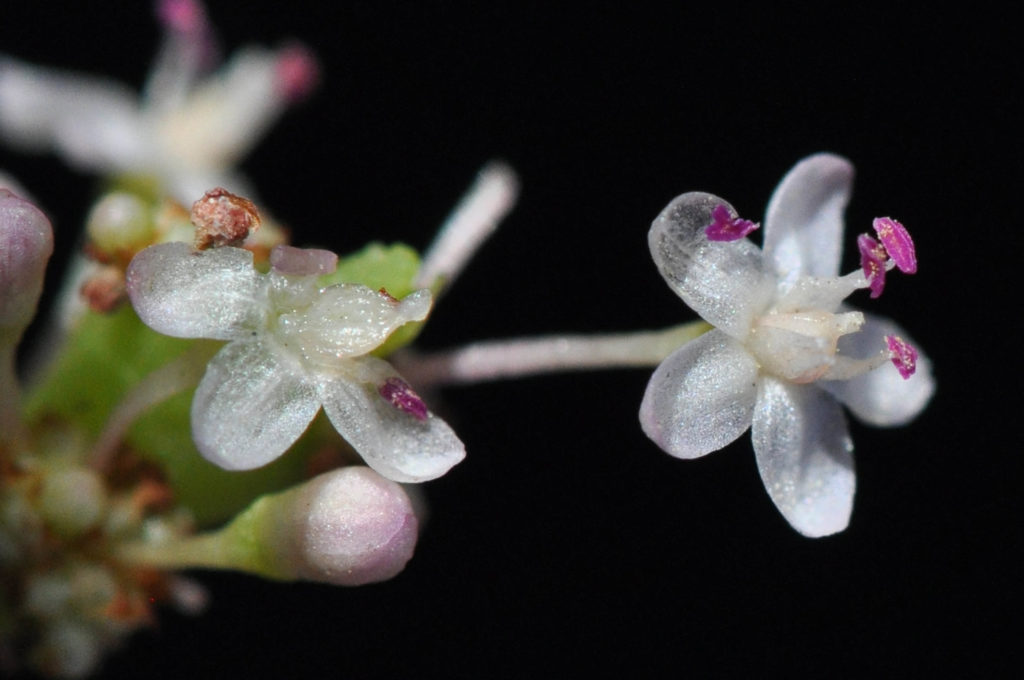
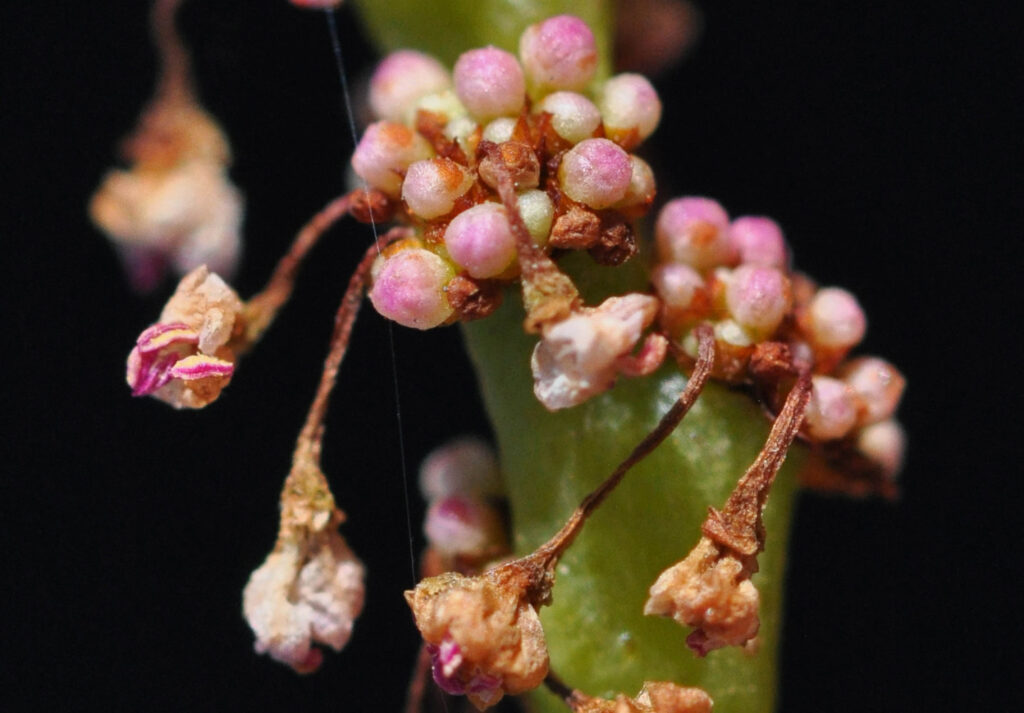
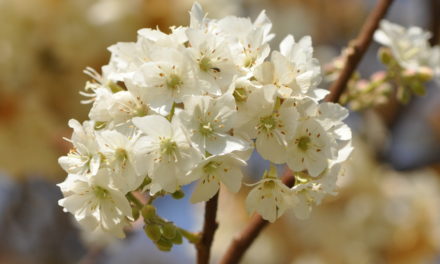
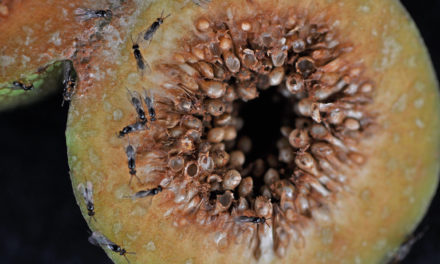
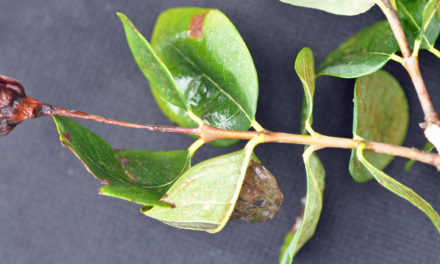
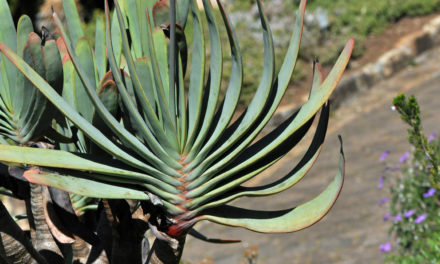
Excellent summary of P. afra.
Where can I find more info with respect to the different varieties of P.afra
Greetings Piet
Thank you for your positive comment. This project has kept me busy during my retirement. Unfortunately, all the info that I could find are included in my references.
Take care and stay safe!
David Becking.